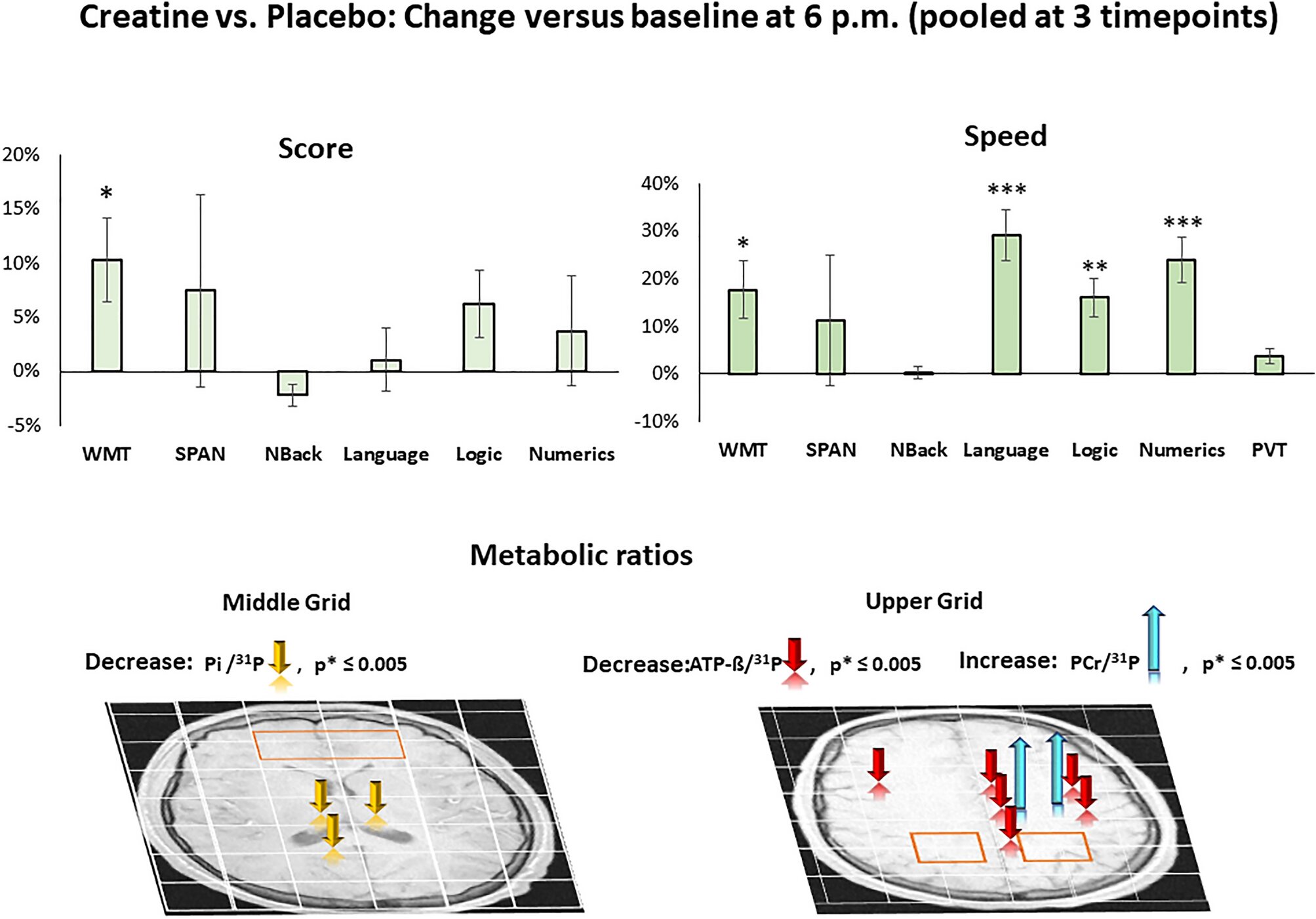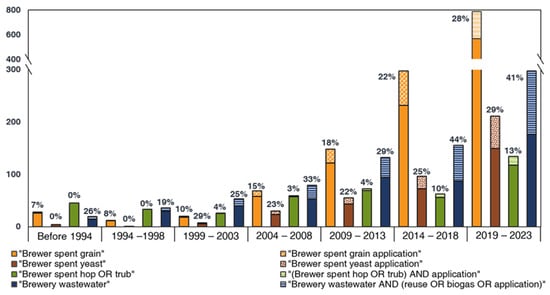
How difficult is to create a database software like PostgreSQL ?
Recently on twitter, i have seen a poll by Qovery asking how hard is it to create a database like PostgreSQL. With no surprise, people mostly voted it as “Very hard”. However, the word “like” in this question is very ambiguous, as rightly said in one of the comments by Dave Cramer, who is one of the very active contributors and committers of PostgreSQL JDBC driver. Anyways, this ambiguity resulted into an idea of writing an article on this topic by breaking it into 2 questions and discuss them further.
Please do not forget to take our Survey at the end of this article . This survey is to help us understand what you think about PostgreSQL. Results will be published through another blog post.
It might be very easy to get inclined towards a DBaaS platform where a database can be created through a few clicks. DBaaS may also be marketed as a database (available as a service) that requires no maintenance and no administration or tuning as it is automatically managed. Is this really true ? Is Postgres offered on DBaaS really PostgreSQL ? Are users paying more than they estimated and getting into a deep vendor lock-in ? Are users loosing the complete visibility into their databases and lacking a lot of features with DBaaS ? To enable automatic management of backups and high availability similar to what DBaaS promises as a managed service, isn’t it wise to consider projects like pgBackRest for backups and Patroni for high availability ? Anyways, i would love to answer these questions in a separate article. Meanwhile, I would encourage you to watch the presentation on – Why Public Database as a Service is Prime for Open Source Distribution , by Peter Zaitsev, CEO of Percona.
Through this article, i would encourage users to try installing PostgreSQL and understand the overall architecture, before falling into a marketing trap leading to a vendor lock-in.








/cdn.vox-cdn.com/uploads/chorus_asset/file/24801728/Screenshot_2023_07_21_at_1.45.12_PM.jpeg)












